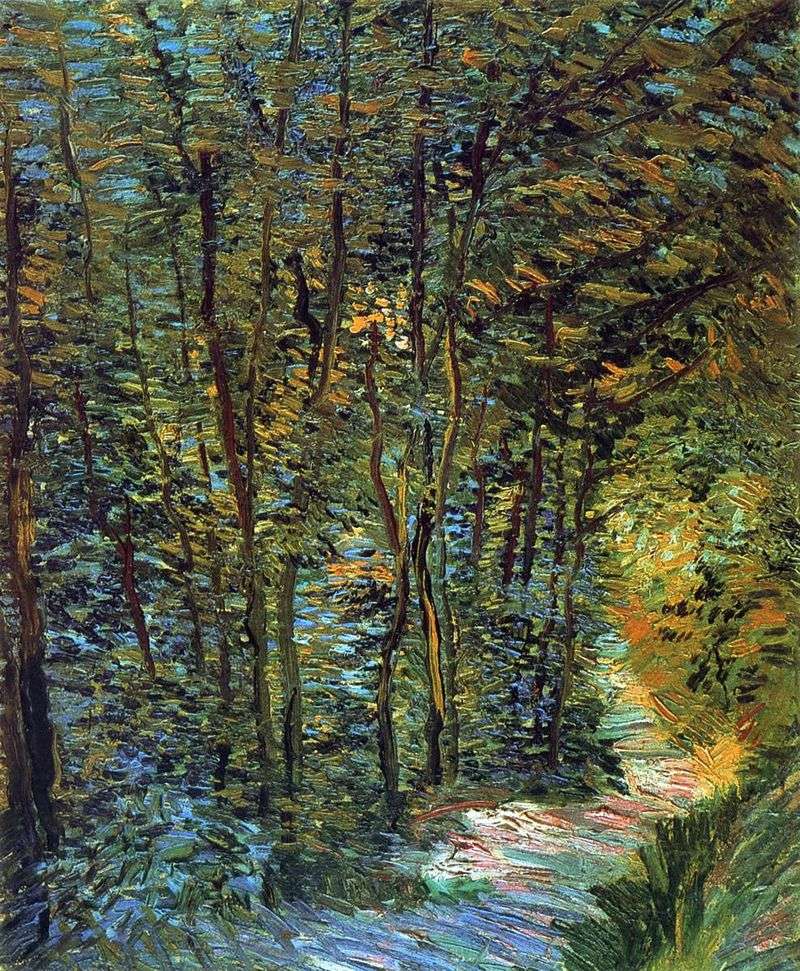
In Paris, Van Gogh is taken to seek new ways, ideas and approaches that would enable him to convey his worldview and attitude to nature most truthfully.
Impressionism became close to him, because he most allowed people to express their feelings. At that time it was a new art, boldly rejecting everything that was the basis of painting for several centuries, but thus giving scope for self-expression, which was previously limited to a multitude of frames.
The Parisian impressionist paintings of Van Gogh are very colorful and bright. He tried to show not so much the visible as his infinite admiration for him. In this picture, the artist painted a small corner of the forest. Bright sunlight makes the thick foliage light and transparent, and, lying down on the ground, paints it with a whole rainbow of shades.
In the picture, the coloristic gift of the artist, who managed to combine a lot of contrasting colors into one whole and clearly lead to harmony, was clearly manifested. Shadow areas of foliage are written in different shades of ocher and green, through them the blue colors of the sky and the distant plan are shone through. The play of light on the path is shown by a combination of subtle color nuances that create the effect of a unique colorful flicker.
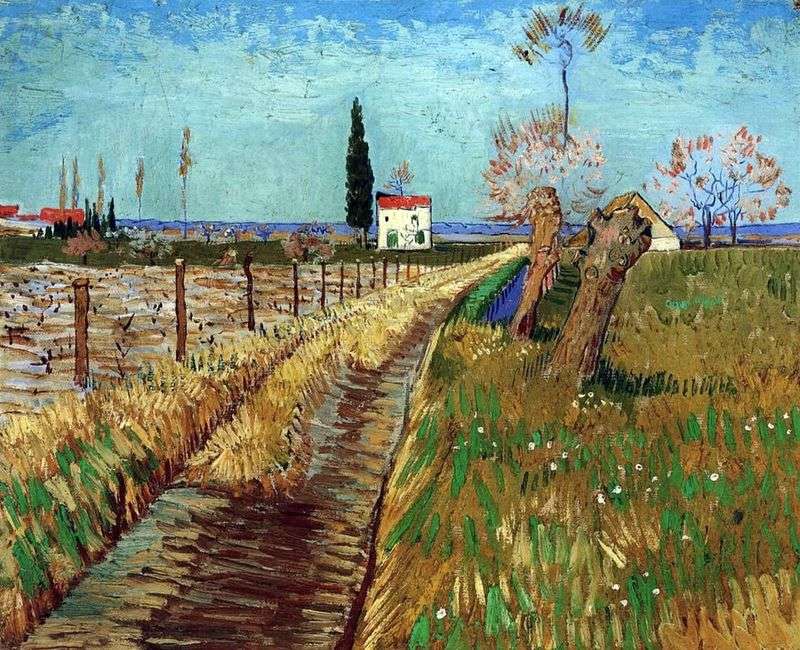 A path in a field in willows by Vincent Van Gogh
A path in a field in willows by Vincent Van Gogh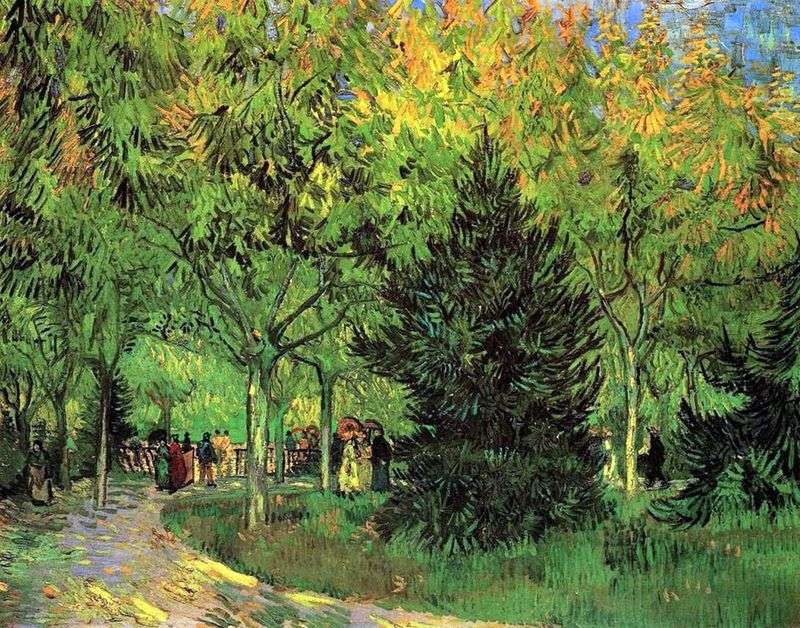 A path in the public garden in Arles by Vincent Van Gogh
A path in the public garden in Arles by Vincent Van Gogh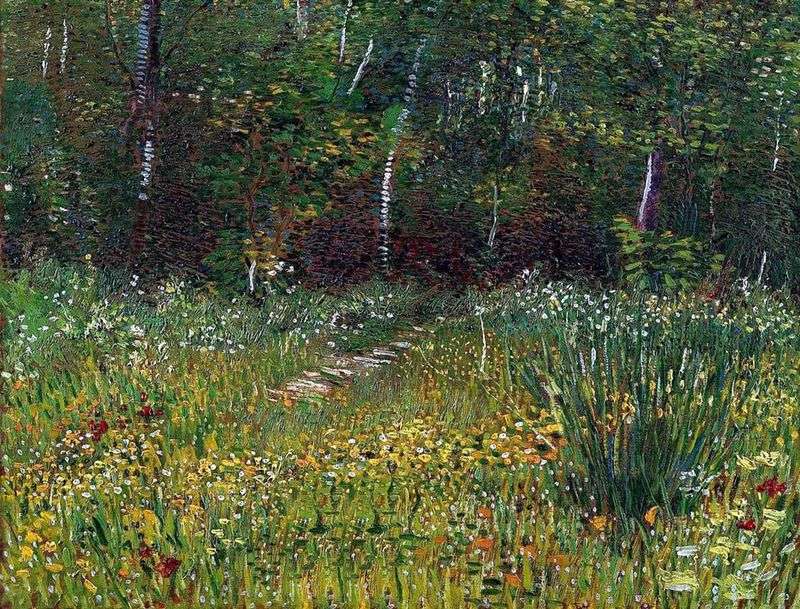 Park in Asnieres in spring by Vincent Van Gogh
Park in Asnieres in spring by Vincent Van Gogh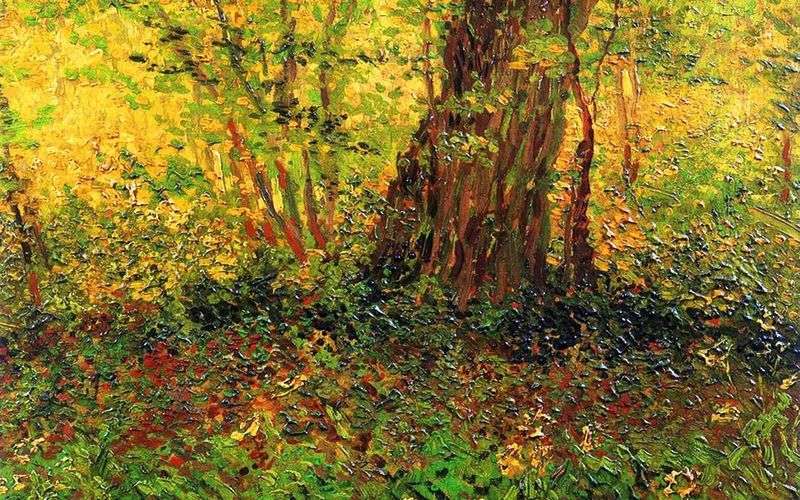 Undergrowth II by Vincent Van Gogh
Undergrowth II by Vincent Van Gogh Self-Portrait II by Vincent Van Gogh
Self-Portrait II by Vincent Van Gogh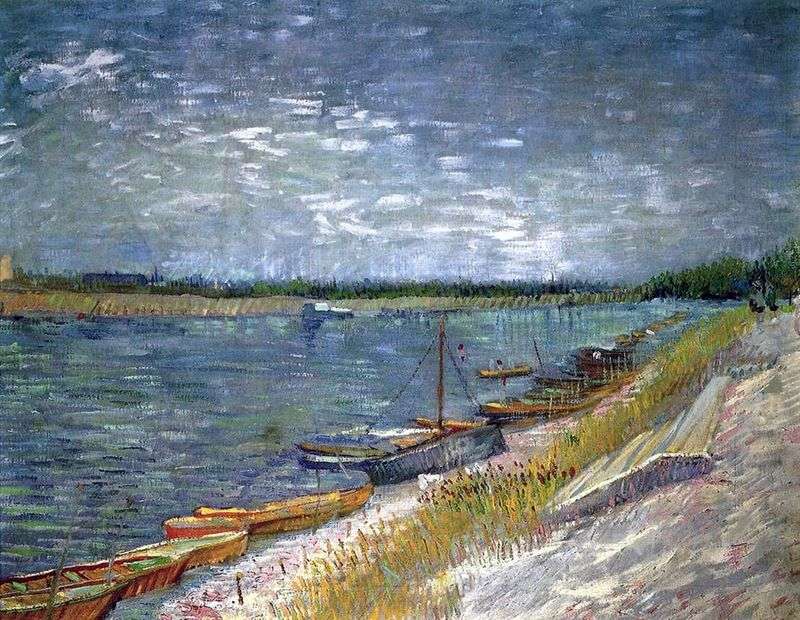 View of the river with fun boats by Vincent Van Gogh
View of the river with fun boats by Vincent Van Gogh Woman in the Garden by Vincent Van Gogh
Woman in the Garden by Vincent Van Gogh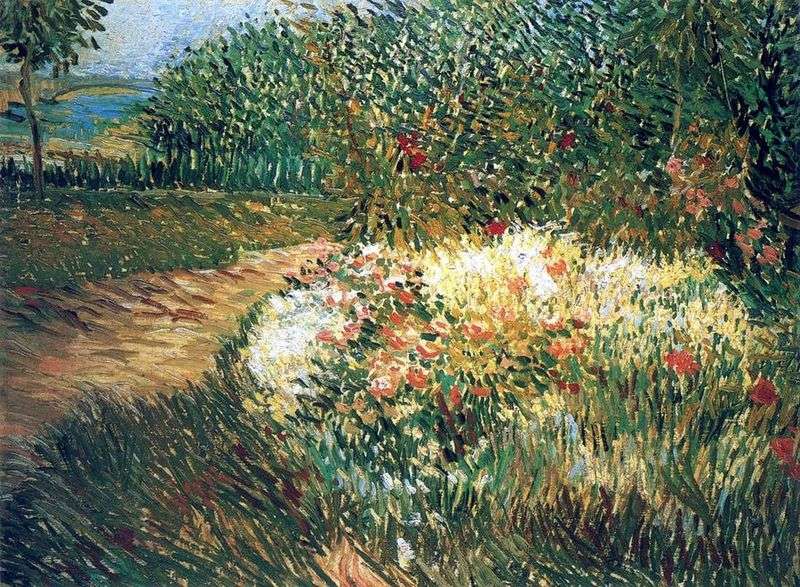 The corner of the park d’Argenson in Asnieres by Vincent Van Gogh
The corner of the park d’Argenson in Asnieres by Vincent Van Gogh